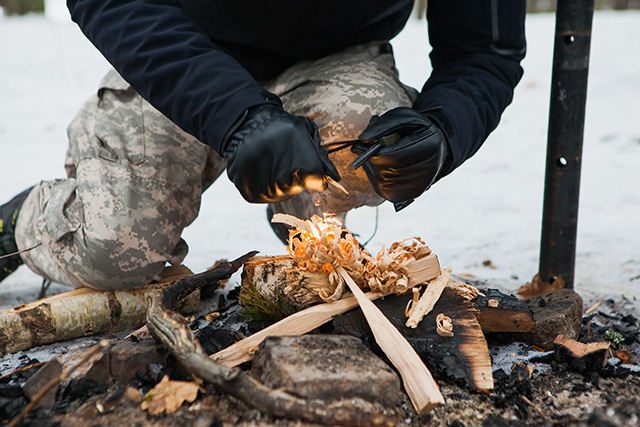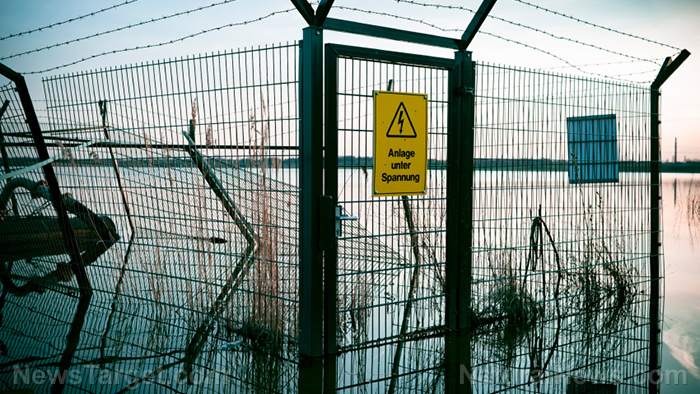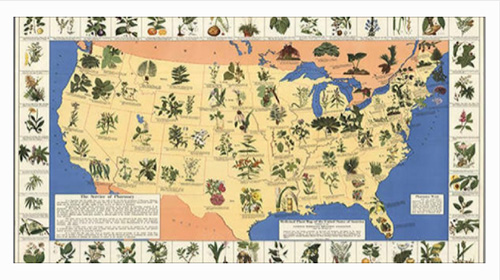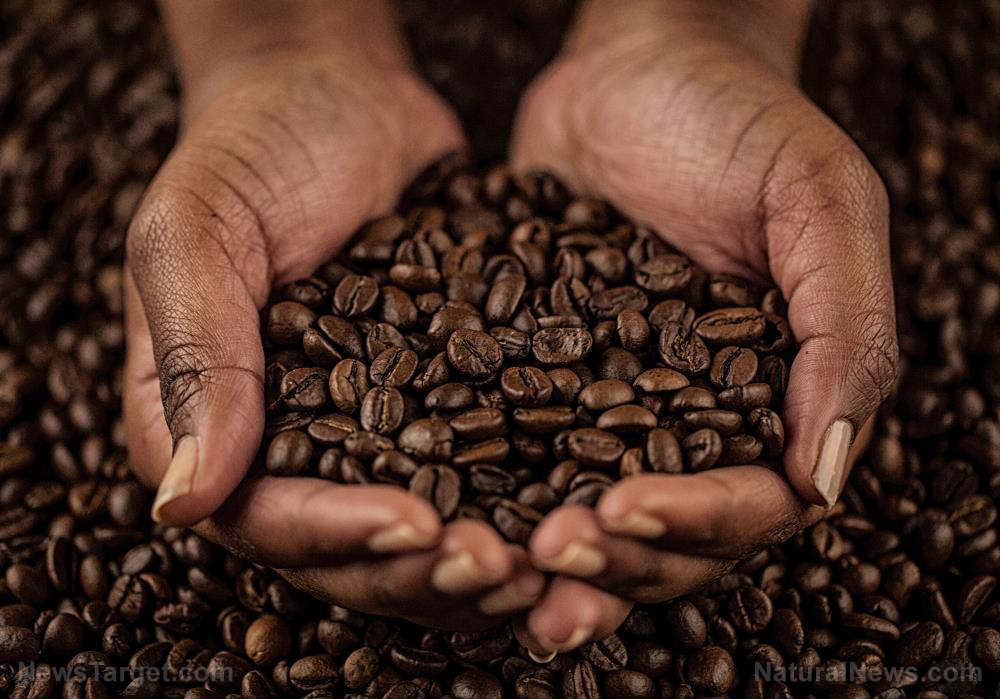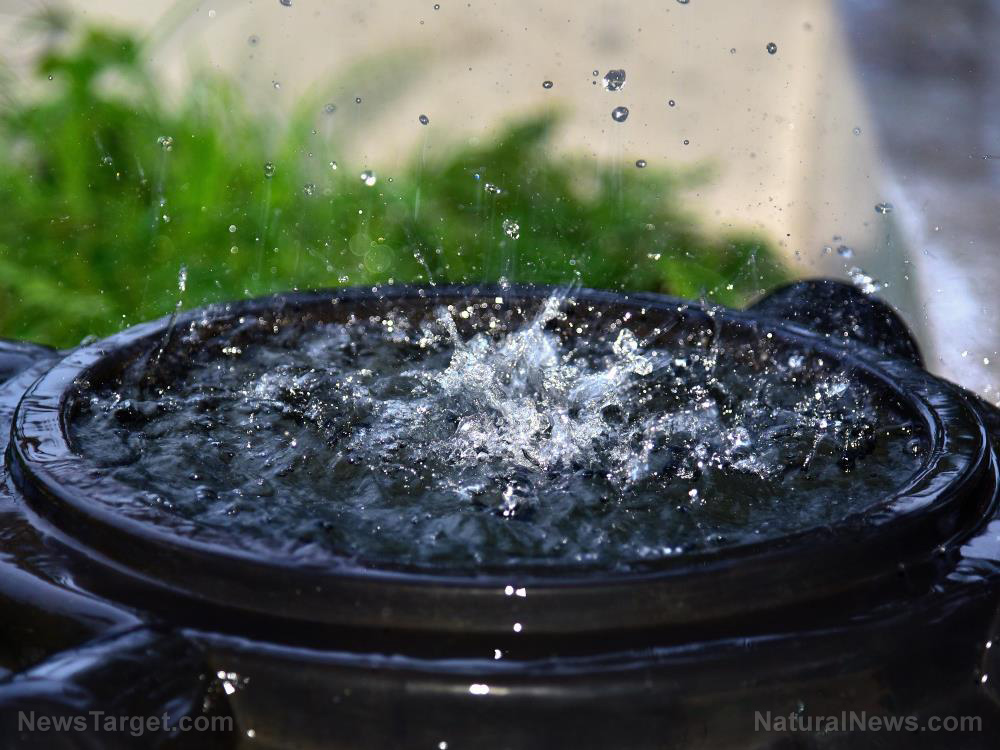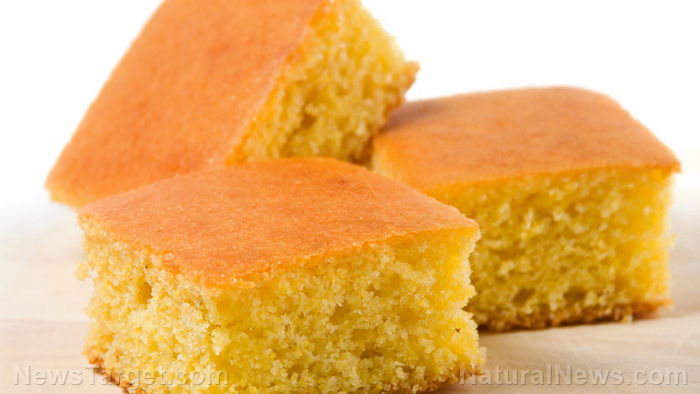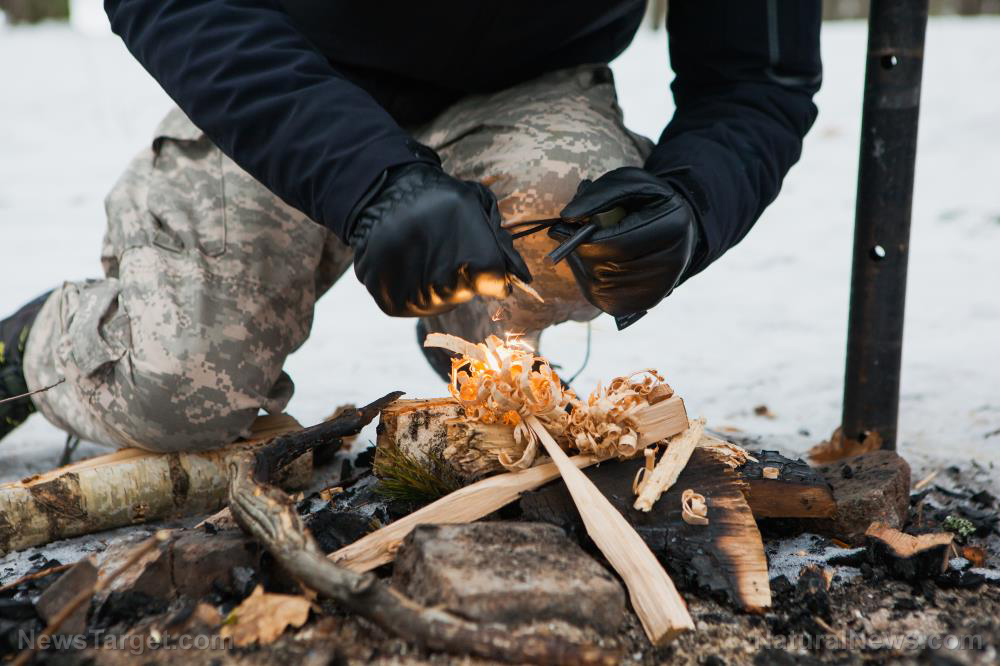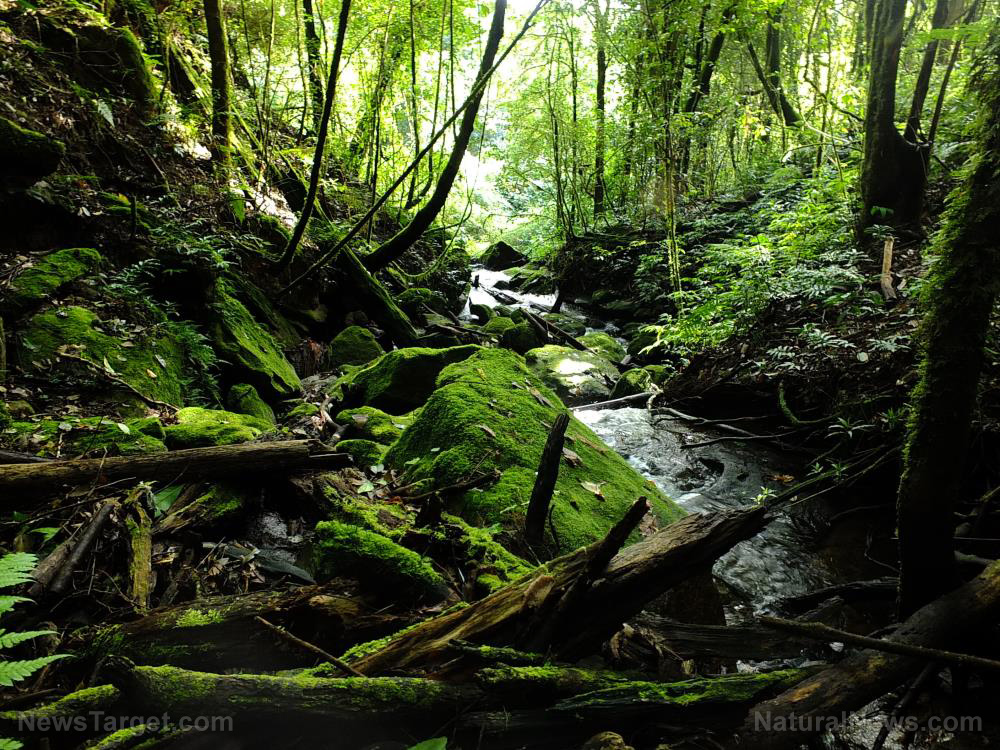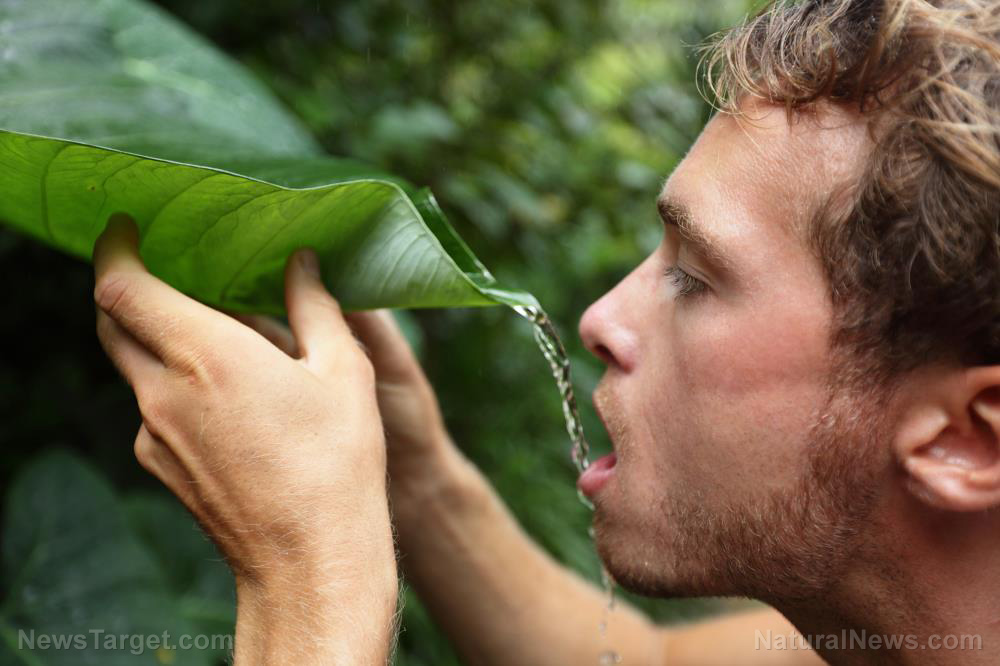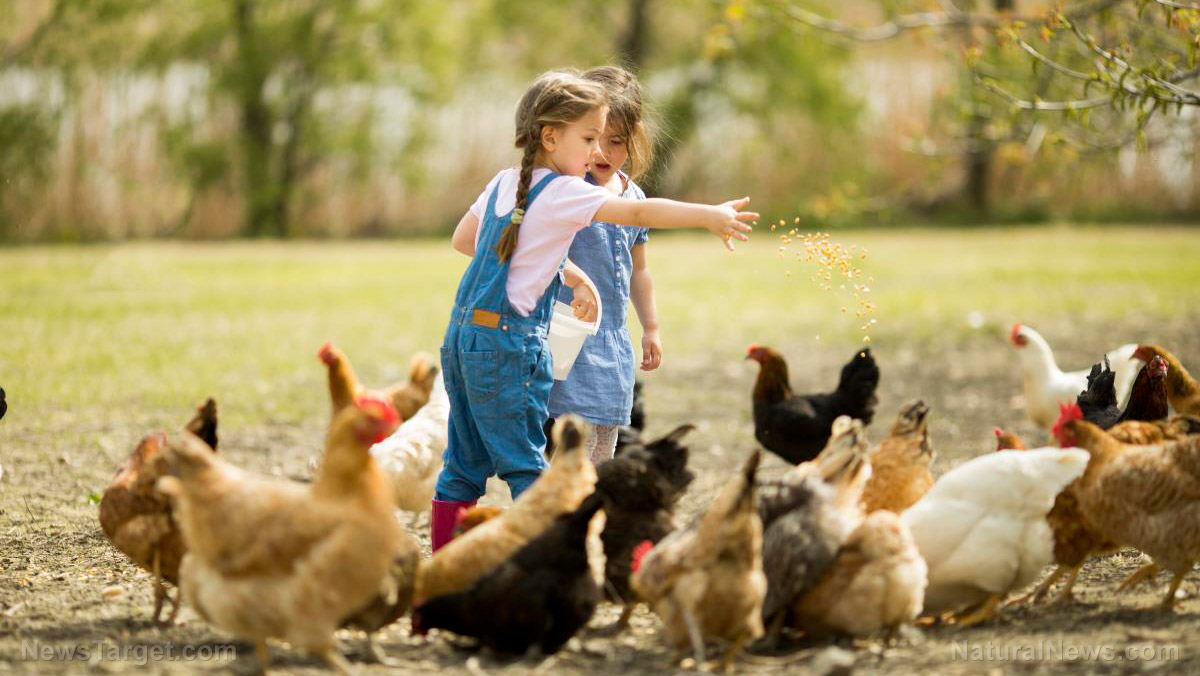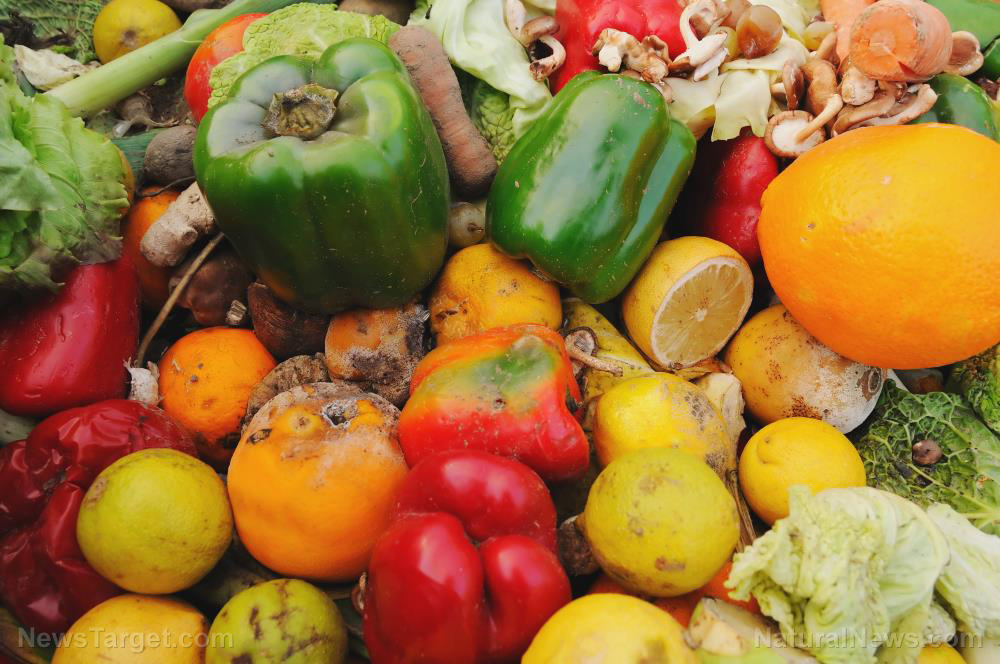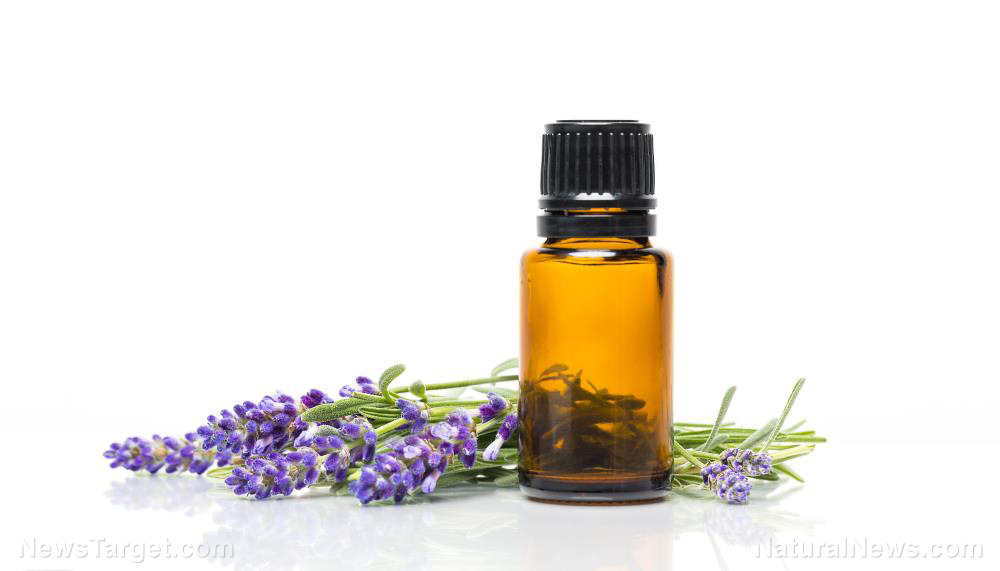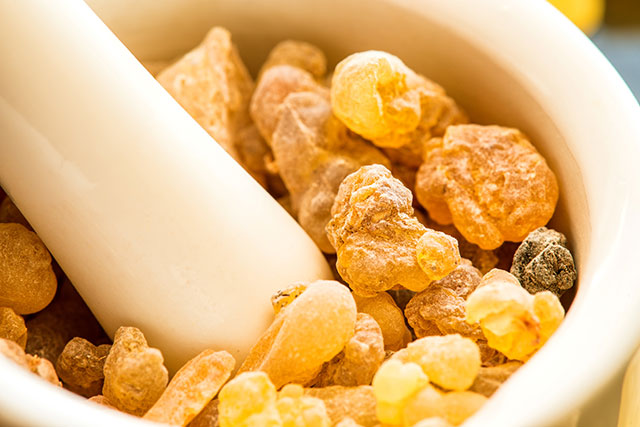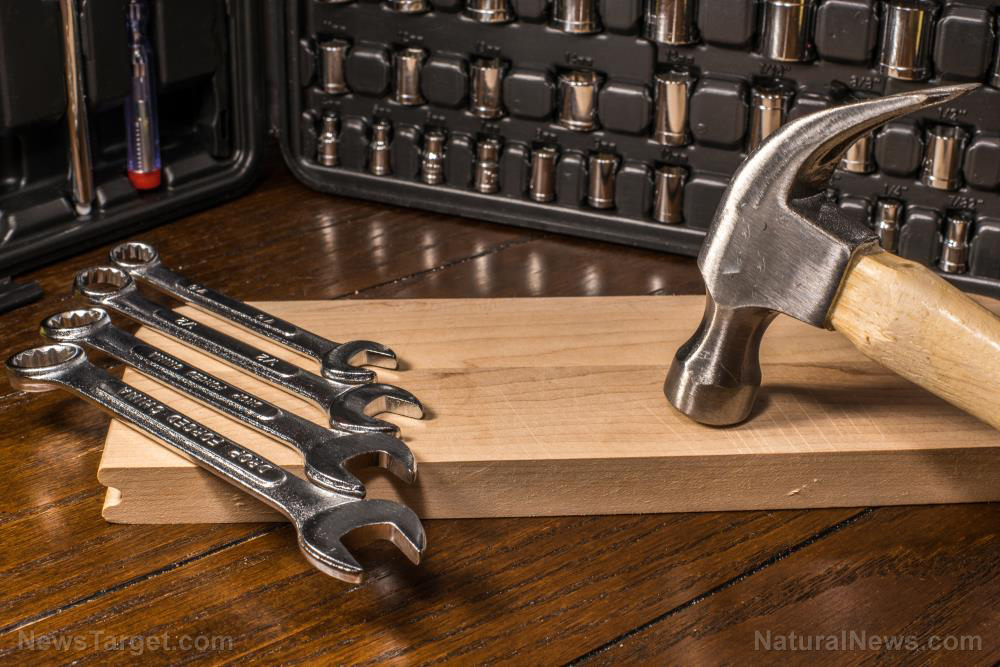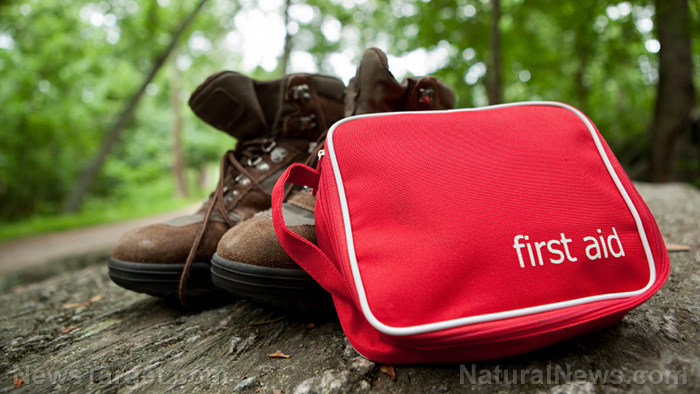Learn these rules before you begin to forage
07/11/2018 / By RJ Jhonson
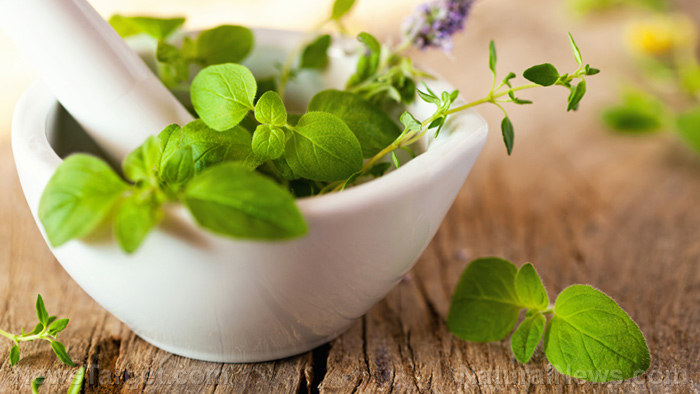
Wildcrafting is an important – and fun – skill to have, one that could help you survive when the situation calls for it. It builds character and can help you become less dependent on corporate entities for your food and medicine. It can, however, have its share of risks and frustrating moments if you don’t know how to do it right. Knowing the rules of safe and effective foraging will help you get the most out of the experience and what your environment has to offer.
- Take it slow — If you encounter new plants, it’s always a good idea to go slow. Just because something is natural doesn’t mean it’s edible or good for you. If you want to sample new plants, do so one at a time and in small portions. This way, if you develop an allergy or an intolerance, you know which it was that caused it.
- Talk to an expert — Books and the internet are excellent sources of information, but they may not be able to tell you everything about the herbs in your area. A local expert would be a great resource, too, and may even be able to give you specific tips won’t find in any book or website.
- Don’t eat plants just because someone you know did — Plant toxicity is a serious matter, which is why you can’t just eat anything that comes your way. If someone you know ate a certain plant and lived to tell the tale, it is probably safe to eat a little, although you can’t be too sure. Again, it’s best to consult an expert on the matter.
- Be aware of your environment — Your surroundings can have a wide variety of hazards ranging from thorny plants and wild animals to quicksand, ravines, and moving vehicles. It’s best to pay close attention so that nothing untoward happens to you. This also means that you should know where it’s safe to forage. Do not gather herbs on the side of busy roads as roadside ditches are prone to vehicle waste and pesticides. Needless to say, you must avoid foraging near garbage dumps, too. If you have waterways in your area, it’s best to avoid them unless you are sure that they are pure. Rivers and streams tend to carry toxic pesticides and other forms of dangerous waste. Finally, do not trespass in private property lest you get mistaken for a burglar and shot.
- Be careful when identifying plants — Nature is filled with copycats and closely related species, so it’s best to use all your senses (except taste and sometimes touch) to identify unfamiliar plants. Take note of specific details, such as the size and color of leaves and flowers, the shape of the fruit, the texture of the bark, and others. If you think there’s something not quite right about a particular plant, it’s best to avoid it altogether as some dangerous plants happen to look like harmless ones. Two classic examples are Queen Anne’s lace (Daucus carota) and hemlock (Conium maculatum). The two are distantly related and have nearly identical white flowers, and while they have differently shaped leaves, the similarities are enough to fool an amateur forager. But take note: the former is edible, but the latter is one of the most poisonous plants in the world.
- Avoid plants with white sap and/or berries — White sap isn’t a universal sign of danger as some plants – like the dandelion – have it but are safe to ingest. But if you have doubts, it’s better to leave the plant alone than be sorry. White berries, on the other hand, are best avoided at all times.
- Be extra wary with mushrooms — You need to be very sure when foraging for mushrooms. Most of them are harmless, but the ones that are poisonous are very nasty. If you’re not sure if they’re edible, it’s best to not sample even a small portion. After all, even the death cap mushroom – you have been warned – reportedly tastes good.
- Just because an animal eats it doesn’t mean its edible for you — Diet is not something animals and humans share completely. There are some things only specific animals can eat and are not safe for human consumption, so it’s best not to use animals to gauge what’s edible and what’s not.
- Practice makes perfect — Videos and books one wildcrafting can only tell you so much. The finer details of the craft you can only learn through experience.
Learn more about foraging and other survival skills at Survival.news.
Sources include:
Tagged Under: finding food, foraging, good herb, Mushrooms, off grid, off the grid, poisonous plants, prepping, survival, survival skills, toxic food, wildcrafting

